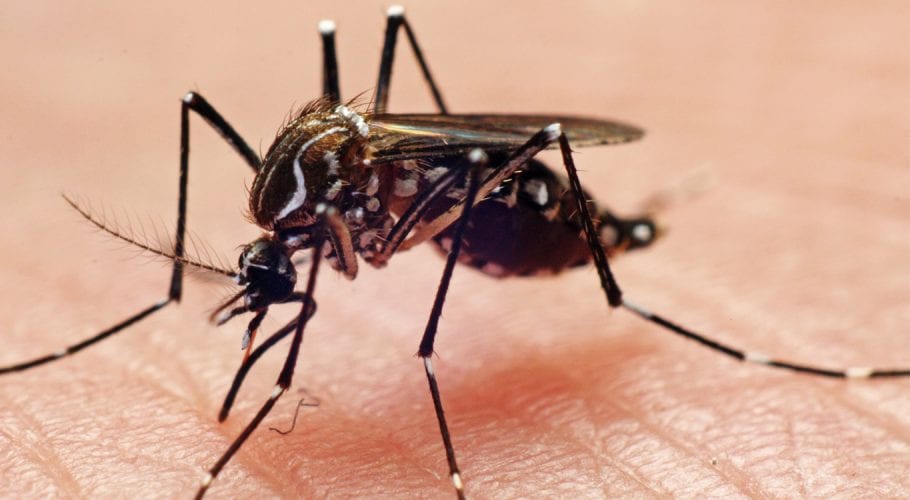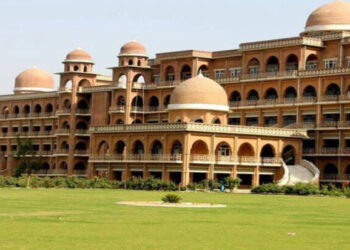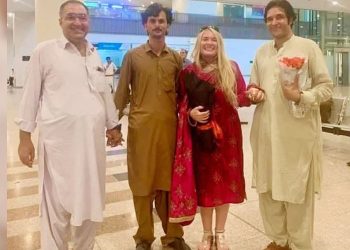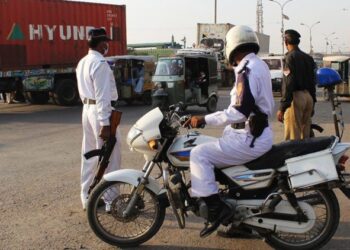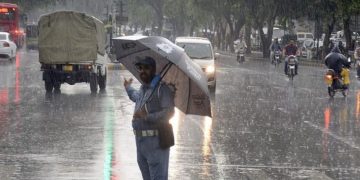DHAKA/KATHMANDU: Mosquito-borne dengue fever is taking a heavy toll on South Asian nations this year as Bangladesh grapples with record deaths and Nepal faces cases in new areas, with disease experts linking worsening outbreaks to the impacts of climate change.
Authorities in the two countries are scrambling to contain and treat the disease – which is also known as “breakbone fever” for the severe muscle and joint pains it induces.
Entomologists and epidemiologists say rising temperatures and longer monsoon seasons are providing ideal breeding conditions for mosquitoes.
The threat is not restricted to South Asia as dengue rates are rising globally with 4.2 million cases reported in 2022 – up eight-fold from 2000 – the World Health Organization (WHO) says. Earlier this year, WHO said dengue is the fastest-spreading tropical disease worldwide and represents a “pandemic threat”.
In Bangladesh, at least 691 people have died so far in 2023, and more than 138,000 have been infected, official figures show, making this the deadliest year since the first recorded epidemic in 2000.
The previous record toll was 281 deaths last year.
A lack of proper prevention measures has allowed the dengue-carrying Aedes aegypti mosquito to spread across almost all of Bangladesh, said Kabirul Bashar, an entomologist and zoology professor at Jahangirnagar University in the capital Dhaka.
He said this raised the risk of more infections occurring during September.
Dengue is common during the June-to-September monsoon season, when mosquitoes thrive in stagnant water.
“This climate is favourable for the breeding of Aedes mosquitoes,” Bashar said in an interview. “Dengue is not only a problem for Dhaka, it is now a problem for the entire country.”
Meanwhile, Nepal – which first recorded dengue in 2004 – has had at least 13 dengue deaths and more than 21,200 cases so far this year across 75 of its 77 districts, according to officials.
This year could match the 2022 toll of 88 deaths and 54,000 cases, said Uttam Koirala, a senior public health officer at the national epidemiology and disease control division.
Meghnath Dhimal, a senior research officer at the Nepal Health Research Council (NHRC), said the incidence and spread of dengue had been rising quickly nationwide in recent years.
Rising temperatures mean cases have started occurring in colder autumn months, while Nepal’s higher mountain districts that never before had the disease are now struggling to curb its spread, he said, describing the shifting patterns as “strange”.
For example, the city of Dharan in the mountainous east has been hit particularly hard this year – with dengue cases rising so fast that hospitals and ambulances are overwhelmed by demand, according to Umesh Mehta, the local health division chief.
The city of more than 160,000 people saw the number of dengue cases peak at 1,700 a day as of late August, he said.







